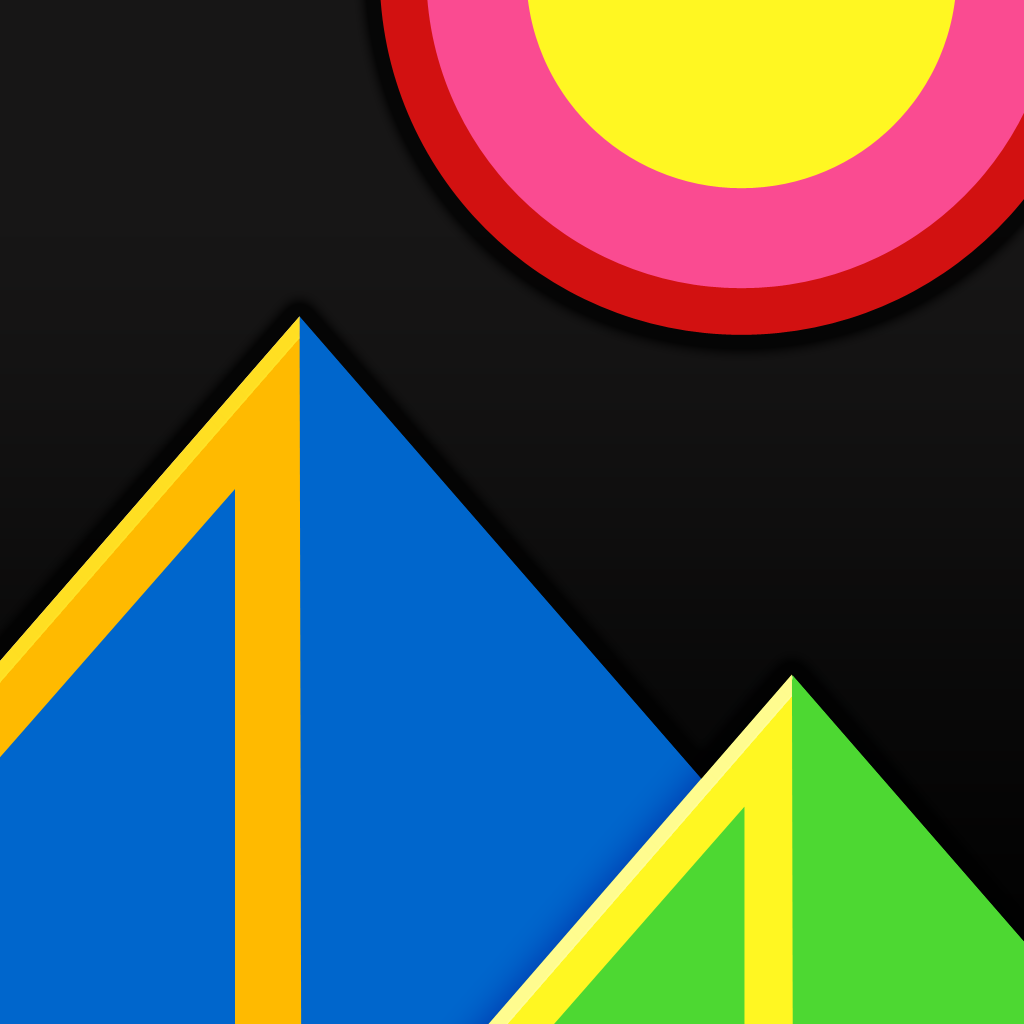

Kotoro Is A Perfect Mix Of Physics And Color Exploration

Kotoro ($0.99) by Semidome Inc. is a physics-based puzzle game that is all about color. If you enjoyed games like Color Zen, then chances are you are going to like this one as well.
One thing I will always love are puzzle games. Especially those that don’t stress me out with timers and stars and stuff like that. Sometimes, I just want to unwind with a puzzle game that lets me play at my own pace, like Monument Valley. If you’re in the mood for something like this, but still want a dash of physics-based gameplay in it, then Kotoro is just what you need.

The visuals in Kotoro are simply beautiful. Sure, it may look a little simplistic, but it’s clean and puts the focus on what the game is all about: color. Having the black background across all levels is a nice touch as well, since it makes your primary and secondary colors stand out even more on their own. Animation is fluid, showing off the polish that the developers put into making the game.
While the emphasis is on color, that doesn’t deter away from the fact that the soundtrack is absolutely stunning. I recommend using a good pair of headphones or earbuds, as you definitely want to hear the music behind the game. It’s ambient, soothing, and perfect for the calm gameplay. It adds a very nice touch to the overall experience, and is basically the icing on the cake.
There are five different chapters in Kotoro, with 12 levels in each. While 60 levels may not sound like much at first, each one is its own magical experience, and you won’t really care about how many there are as you solve each puzzle. The game is fairly linear, as it doesn’t allow you to advance to the next level until you complete the puzzle that you are currently on. However, you can start with the first level of any chapter, and move on from there.
The gameplay itself is simple enough, but things get complicated the further you get in the game. You start with a colorless orb, and the objective is to get the orb to match the color indicated in the corner of each level. To do this, you’re going to have to mix that orb with other colored circles that show up in these levels. In the beginning, you will have the primary colors, but you’ll discover things like secondary colors (a result of two mixed primary colors), dual-colored orbs, replicators, and more later on. You need to figure out the exact order in which to mix the colors up, because you need to match the final color while making use of all of the orbs on the screen.
For example, if the final color should be blue, just move your orb into a blue circle, and you’ll meet the requirement. However, if you need to end up as green, you’ll need to mix up blue and yellow. Or if you need to end up as orange, mix up red and yellow. Things get complicated, though, if you need to end up with purple, but have something like red, blue, orange, and yellow (with a minus on it) on the screen — you’ll need to mix it in the proper order to end up with purple.

The controls could not get any easier. To move your orb around, just tap outside of it to move it in that direction. Watch out, though, because once it gains momentum, you won’t be able to stop it unless you tap in the opposite direction to try and slow it down. When the orb mixes with another color, you won’t be able to get rid of it unless there’s another orb that subtracts that color. If you mess up, a “restart” button shows up, allowing you to try again. If you’re successful, an arrow shows up at the bottom instead, allowing you to go to the next level.
There are no power-ups or bonuses, just simple, relaxing gameplay that has you playing at your own pace. The developers are constantly adding more levels in the game, and they have already started working on a brand new chapter, so there is plenty of content to come.
So far, I’m loving this game. It may look simple at first, requiring just some basic knowledge of how colors work in order to be good at it. But as you quickly find out, Kotoro is much more than that, as you will need to think of the order that you’re mixing up the colors, remember all of the combinations, and make sure you control the orb so that it doesn’t collide into an unwanted color due to realistic physics. It may be a little too easy for some people, but the game is still worth getting for the experience. And if you have multiple devices, your progress will always be with you, thanks to iCloud syncing.
I recommend Kotoro to anyone who is looking for a beautifully simple physics-based puzzle game to unwind with after a long day. You can get on the App Store as a universal download for $0.99.
Mentioned apps














